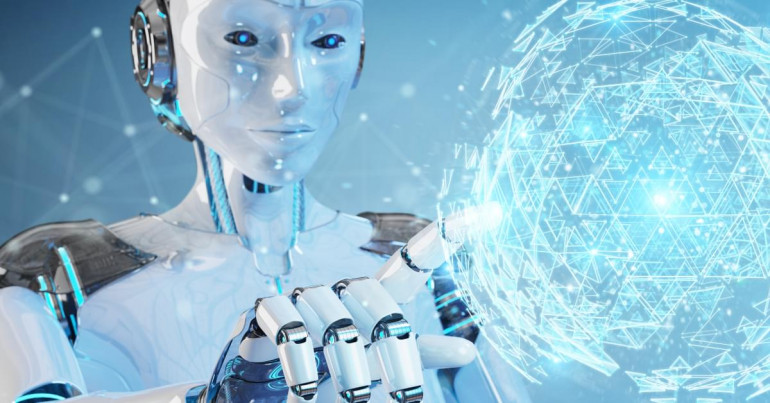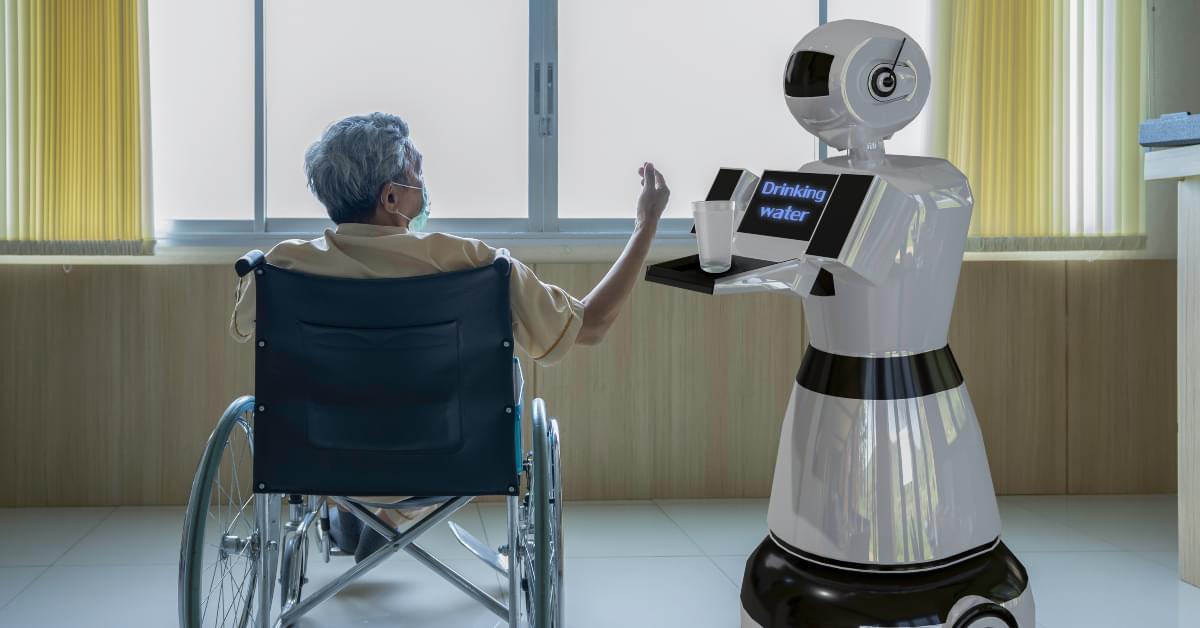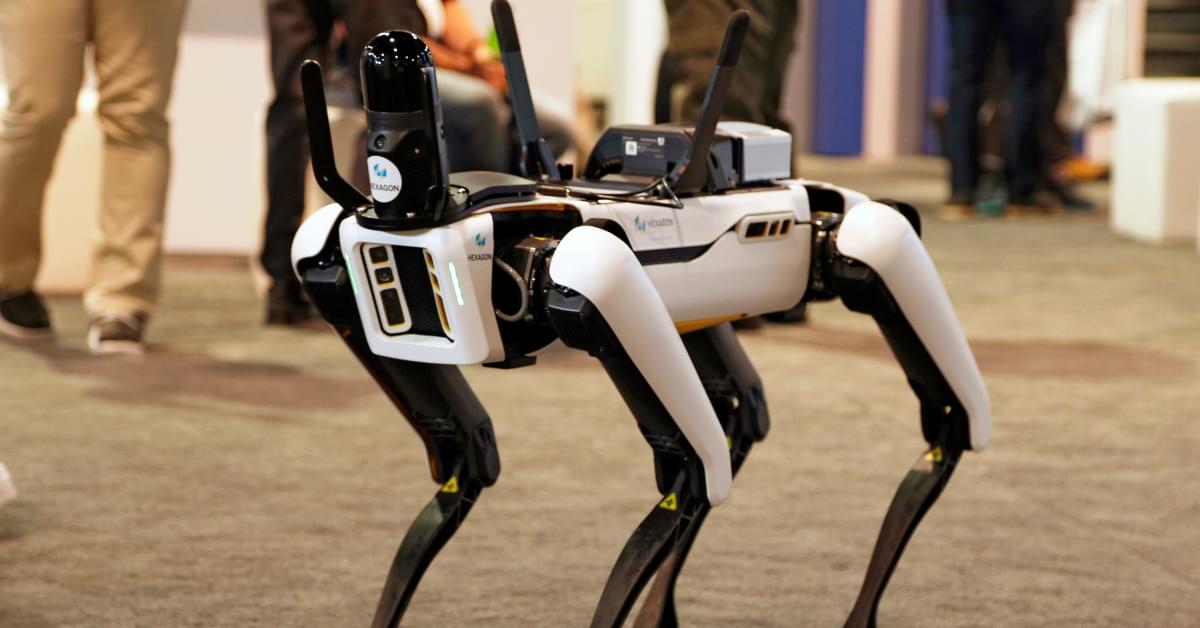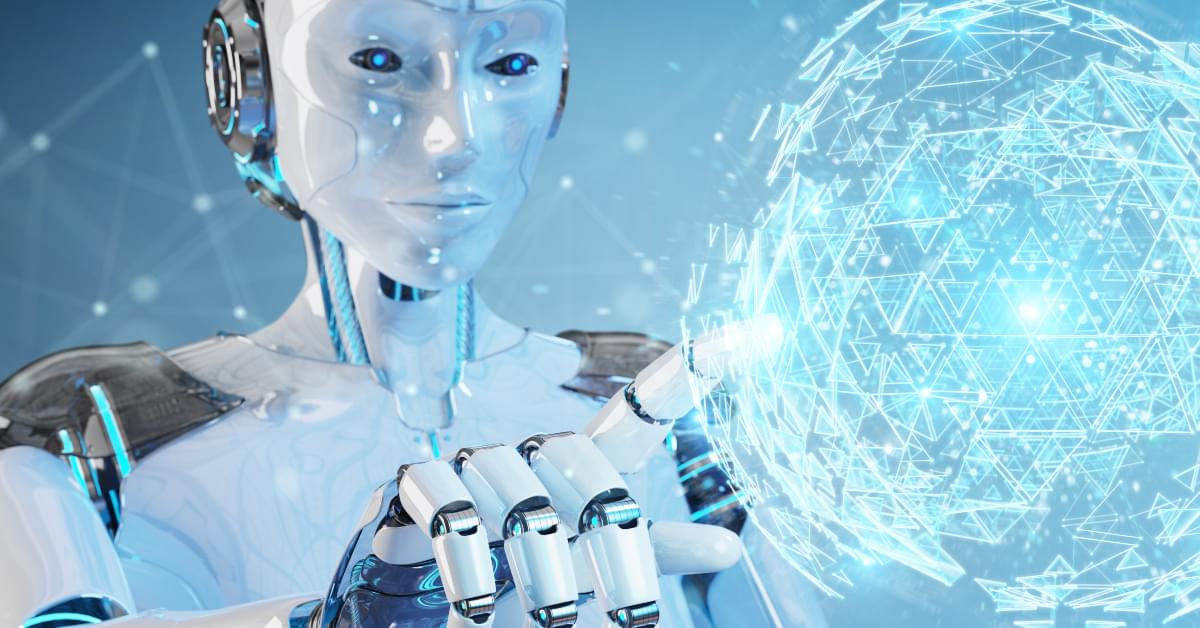
The field of robotics has made significant strides in the past decade. Early footage of bipedal robots shows clumsy devices making cautious, tentative steps in tightly controlled environments.
However, today’s most advanced robots display an impressive level of automation, agility and speed. The Boston Dynamics Atlas is capable of running across uneven terrain, jumping across gaps and even doing backflips. A few days ago, Elon Musk unveiled Tesla’s humanoid robot, Optimus.
Despite impressive progress, robots aren’t quite as advanced as those portrayed in science fiction. Those display human characteristics in appearance and behaviour. That’s because two-legged robots are difficult to develop. They’re also expensive and have limited applications in comparison to their 4-legged, wheeled or stationary counterparts.
We still fantasise about developing bipedal robots but what can they offer and how can they change our lives?

Why are humanoid robots worth studying?
Walking on two legs is incredibly difficult. Our brain dedicates a lot of energy towards to helping us maintain balance. In addition, human movements require the use of every muscle, bone, ligament and tendon from our hips to our toes.
Making a robot that walks on two legs is equally difficult. Even the process of standing upright presents engineers with significant problems. Not so for 4-legged robots, they can stand upright just fine and can remain balanced when walking by altering their gait.
Despite the challenges involved in building bipedal robots, supporters are quick to explain that they are very much worth investigating.
They make two primary arguments in favour of human-like robots. First, in a world designed for human needs, to create a truly automated society, we must design robotic helpers that can use existing infrastructure.
Dr. Oh Jun-ho, a roboticist at the Korea Advanced Institute of Science and Technology (KAIST), said: “The only reason to have a humanoid robot is to have a general-purpose robot.” He believes robots capable of utilising human tools will fill vital roles and save human lives. These future iterations will likely be few in number, but they will be indispensable, working in hazardous environments like space and nuclear power plants.
Second, even if these robots may never see widespread use, the challenge of creating them teaches us valuable lessons that can benefit other research. One such field is physical rehabilitation. If we can make robots walk, we can use the same technology to help the disabled walk. Even if we never see mass-manufactured two-legged robots integrated into our society, the challenge of creating them promotes scientific advancement, a cause which warrants the expense.
Humanoid robots make good helpers
Robots might not pilot jets or run into burning buildings to fight fires anytime soon. But, they may begin to see frequent use in care facilities. Robotic assistants (albeit the wheeled variety) already help care for the elderly care by providing remote access to medical assistance. Medical staff can use them to help clean and carry out very basic tasks, freeing them to tackle more demanding work.
In Japan, 33% of the population is expected to be over 65 by 2036. The government already provides subsidies for care facilities to purchase robots. So far, hospitals have employed an external exoskeleton to help frail patients maintain balance and whimsical robots to help soothe patients with dementia.
Humanoid robots have also made inroads into the hospitality industry. Hilton international hotels use the IBM-powered Connie robot to help guests navigate new cities, order room service and answer questions. However, in most cases, these devices are simply mobile platforms that carry touch screen devices and voice recognition technology. The human appearance makes guests more comfortable interacting with said devices.
Humanoid robots can be used as tools of war
A darker and undoubtedly better-funded side of robotics is the drive to create new tools of war to replace human soldiers. This field of study has existed since the Second World War. The US Aphrodite Bomber is just one such example.
Politicians, scientists and philosophers have raised several moral concerns on the topic of lethal robots. Militaries around the world seem hesitant to tackle these moral quandaries, limiting most research to robots designed to save lives.
It’s unlikely we will ever see lethal, automated devices operate on the battlefield. The risk of failure and unintentional injury to friendly troops is simply too high. But militaries have not ignored the potential of human-like assistants. They have already employed remotely operated devices, such as bomb disposal robots and drones, in significant numbers. It’s not hard to imagine robotic doctors one day carrying the wounded out of harm’s way.
Much like their civic counterparts, these would benefit from the ability to traverse terrain inaccessible to wheeled and tracked vehicles – a much-needed utility when fighting on rocky, uneven ground.

What’s the most advanced robot currently available to purchase?
Boston Dynamics is an American engineering and robotics design company founded in 1992 by MIT. They are the leading authority on design, automation, machine learning and artificial intelligence in the field of robotics.
It took decades of research to create its flagship Atlas robot. Despite impressive agility, speed and repeated demonstrations of its use in logistics, Boston Dynamics has only sold Atlas to partnered research programmes. For the time being, Boston Dynamics reserves the Atlas for testing and research only. They’ve given no indication that they intend to release a publicly available model soon.
Today, they only offer two products for public purchase: Stretch – a robotic arm for manufacturing and logistics, and Spot – a general-purpose, quadruped robot advertised as a surveillance and monitoring device.
The latter costs $74,500. Staff can refit it with tools to fulfil different purposes, from moving packages to inspecting nuclear reactors, making it a necessary investment to some large organisations.
Will the Tesla Optimus revolutionise the field?
Tesla CEO Elon Musk announced a plan to design, build and manufacture a new range of humanoid robots in August 2021. As promised, they revealed the first prototype of Optimus a few days ago.
Several robot experts have offered their opinion. Reactions were mixed, but most agreed that the design is a commendable effort. Especially given that Teslas’ engineers built it from the ground up in just a few months.
While some experts applaud the effort, it underwhelmed those who expected new, cutting-edge tech. On the surface, the Tesla device seems about as complex as Honda’s ASIMO of 20 years ago.
In reply, Elon Musk explained that Tesla did not design Optimus to compete with the Atlas or lead the way in robotics. It is built to be affordable ($20,000), mass-produced and sold to the public by no later than 2027.
We’ll likely see Optimus work in warehouses, given the world’s current preoccupation with automation. But most interesting is the opportunity it provides to hobbyists, small research groups and even students. Optimus might be the perfect platform for experimentation – researchers can modify it with new parts and appendages thanks to a simple design. Tesla has a capable engineering team and will likely improve this first robot prototype significantly in future updates.

How will robotics affect businesses and how can you prepare?
Economists expect the introduction of robots to the workplace en-mass to boost productivity and economic growth. It may lead to new jobs in emerging industries but might also disrupt existing business models in many sectors.
Robots may very well be the ‘next big thing’ – they’ve already enabled marketplace sellers like Amazon to expand across the globe.
Technology is just one of many factors affecting the global economy and FX markets. Analysts often overlook scientific research because it’s hard to quantify the value of experimental technology. No need to prepare for the robot uprising just yet, but it’s still important to protect your business from unexpected changes in the economy, global trade and currency markets.
For a more human touch, contact us today to speak to our FX consultants, and we’ll help you find the right FX solution to suit your needs.
Matthew Swaile
Copywriter
Florence Couëdel
Editor



